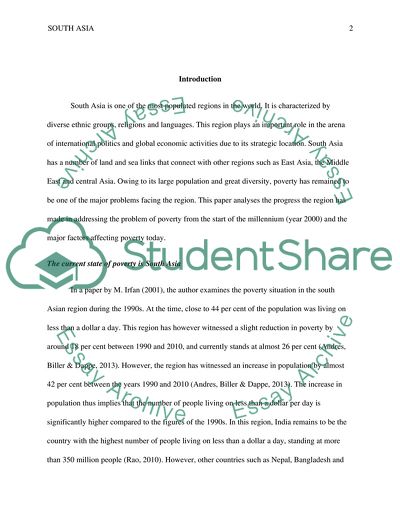Cite this document
(Ways to Get Rid of Poverty in South Asia Research Paper, n.d.)
Ways to Get Rid of Poverty in South Asia Research Paper. Retrieved from https://studentshare.org/social-science/1864697-poverty-in-south-asia
Ways to Get Rid of Poverty in South Asia Research Paper. Retrieved from https://studentshare.org/social-science/1864697-poverty-in-south-asia
(Ways to Get Rid of Poverty in South Asia Research Paper)
Ways to Get Rid of Poverty in South Asia Research Paper. https://studentshare.org/social-science/1864697-poverty-in-south-asia.
Ways to Get Rid of Poverty in South Asia Research Paper. https://studentshare.org/social-science/1864697-poverty-in-south-asia.
“Ways to Get Rid of Poverty in South Asia Research Paper”, n.d. https://studentshare.org/social-science/1864697-poverty-in-south-asia.


